Optimal Timing for Foundation Repairs
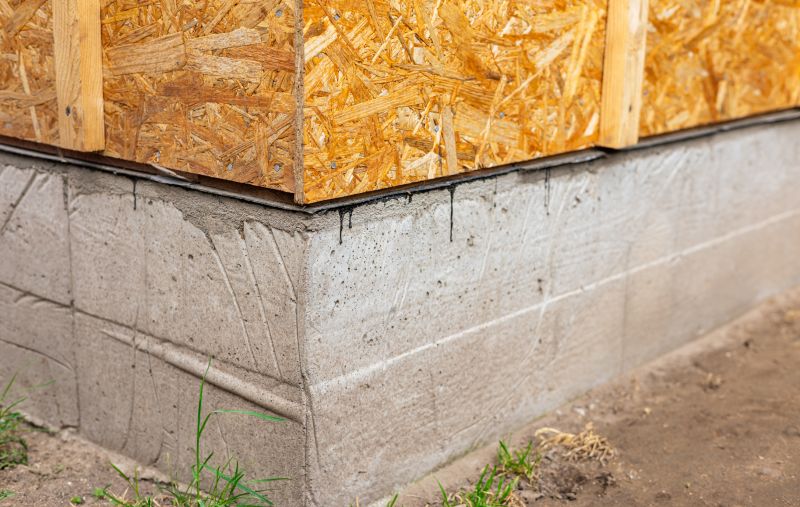
Spring offers moderate weather conditions ideal for foundation repair work, with less risk of delays caused by extreme temperatures.
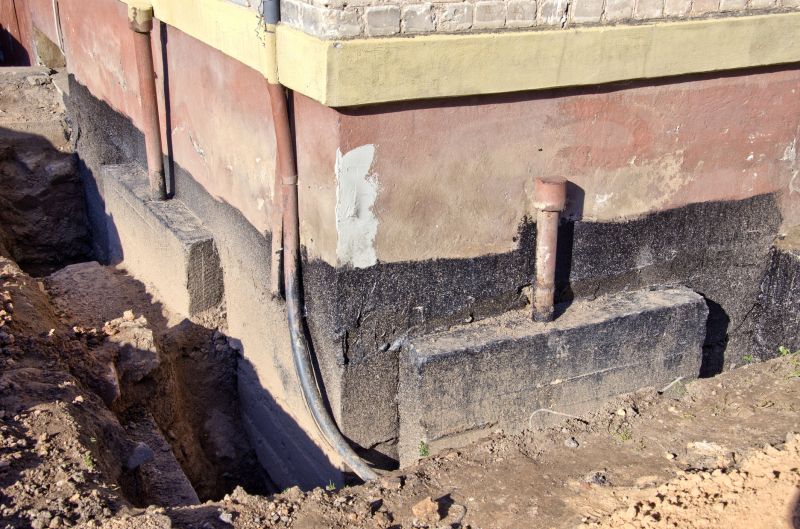
Summer provides longer daylight hours and stable weather, facilitating efficient repair projects, though high temperatures may require precautions.
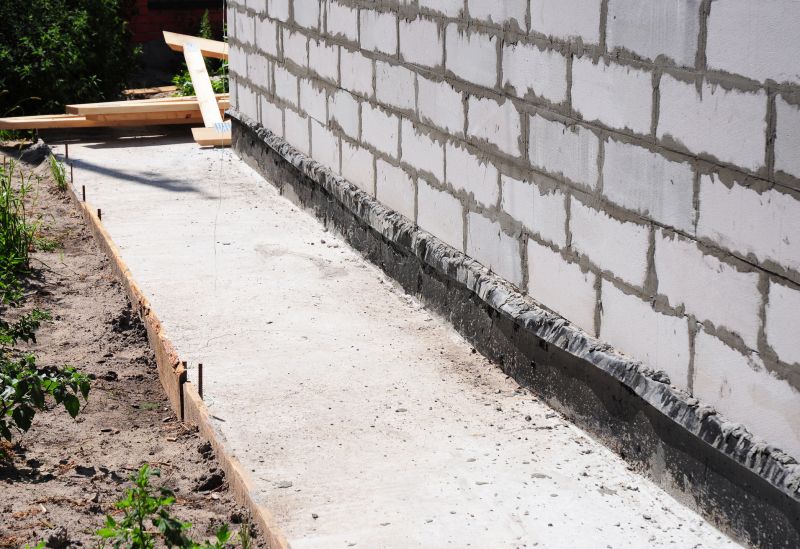
Fall's cooler temperatures and lower humidity levels are suitable for many repair methods, with less likelihood of weather interruptions.

Winter can pose challenges due to cold temperatures and potential snow, but with proper planning, repairs can be scheduled during milder periods.
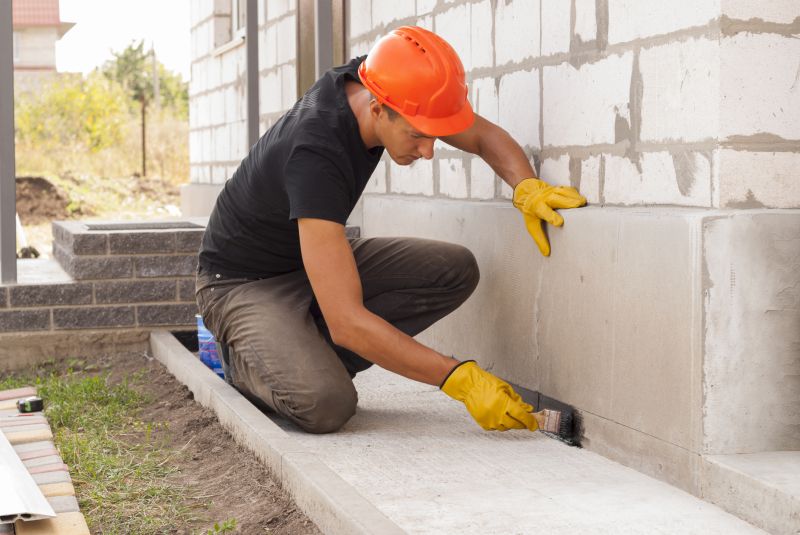
Choosing the optimal season depends on local climate conditions, project scope, and material requirements to ensure quality results.
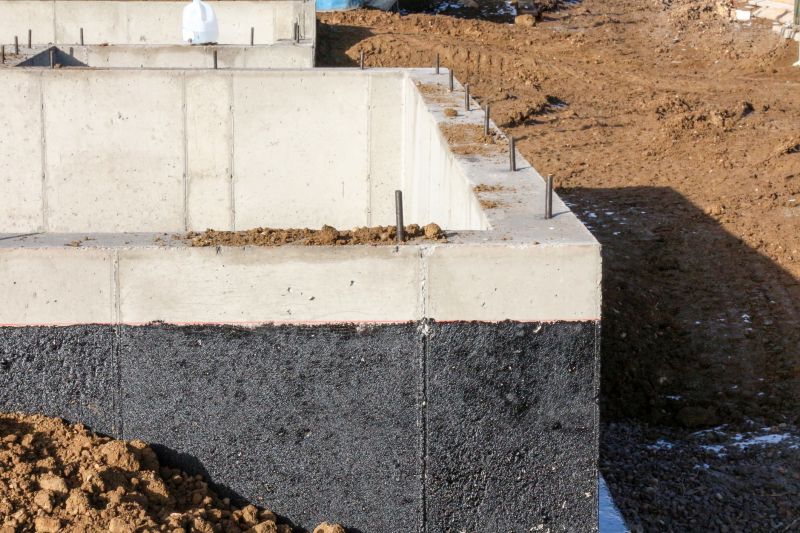
Weather fluctuations can affect the curing process and stability of repairs; planning around forecasted conditions is essential.

Ways to make Foundation Repairs work in tight or awkward layouts.
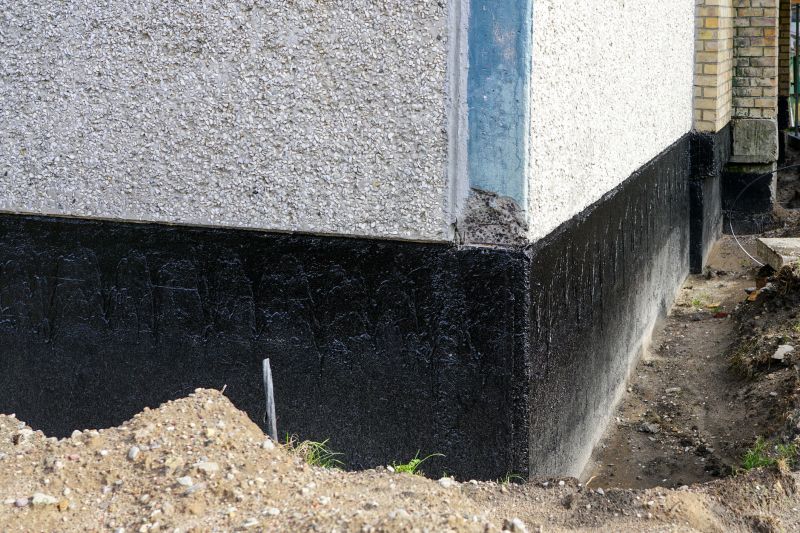
Popular materials for Foundation Repairs and why they hold up over time.
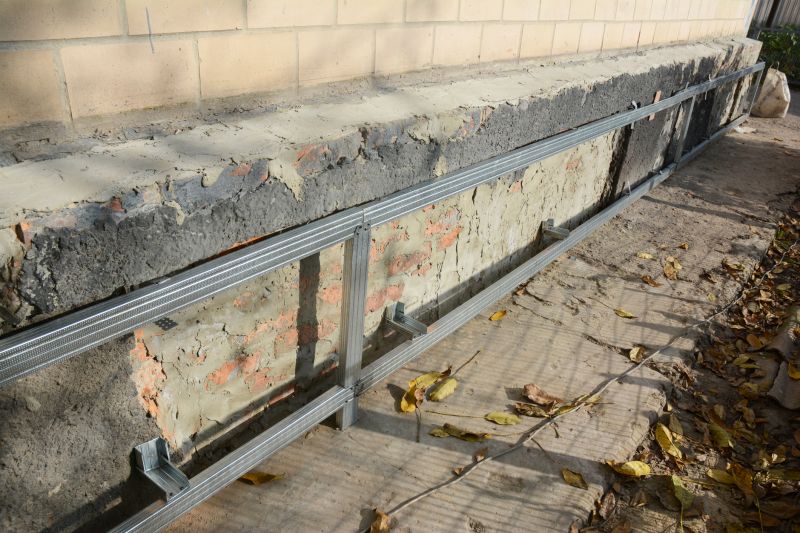
Simple add-ons that improve Foundation Repairs without blowing the budget.
Foundation repairs are critical for maintaining the structural integrity of a building. They involve addressing issues such as settlement, cracking, or shifting that can compromise safety and property value. Proper timing ensures that repairs are effective and durable. Seasonal factors like soil moisture levels, temperature fluctuations, and weather conditions influence the success of repair projects. For example, dry soil conditions in summer can cause additional shifting, while frozen ground in winter may hinder excavation and stabilization efforts. Understanding these factors helps determine the most appropriate time for foundation work, minimizing disruptions and ensuring long-lasting results.
Cracks in walls, uneven floors, and sticking doors may indicate foundation problems requiring timely repairs.
Common methods include piering, underpinning, and slabjacking, selected based on the specific issue and soil conditions.
A thorough evaluation by experienced specialists helps determine the best timing and approach for repairs.
Different repair materials perform better in certain weather conditions, influencing scheduling decisions.
| Season | Ideal Conditions |
|---|---|
| Spring | Moderate temperatures, manageable soil moisture |
| Summer | Long daylight, stable weather, but watch for heat |
| Fall | Cooler temperatures, low humidity |
| Winter | Challenging due to cold, best during mild periods |
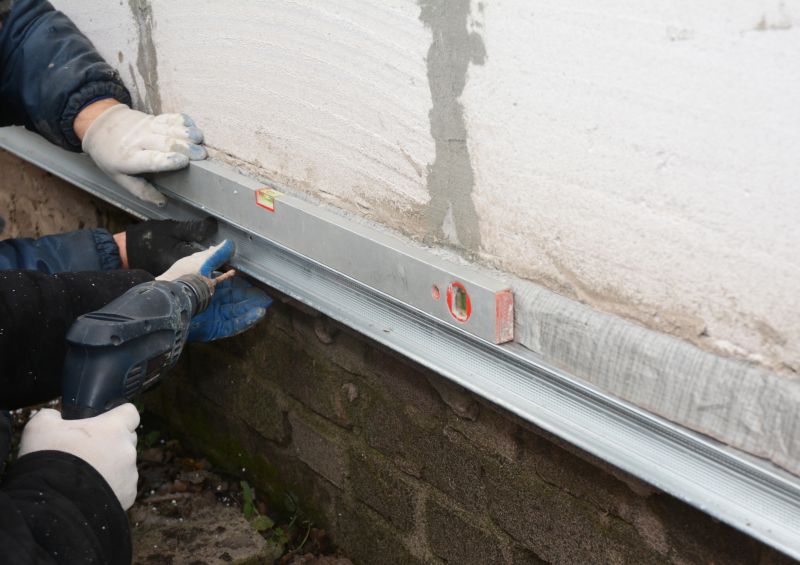
Proper timing ensures efficient excavation, stabilization, and curing phases.

Soil moisture levels significantly influence foundation stability and repair effectiveness.
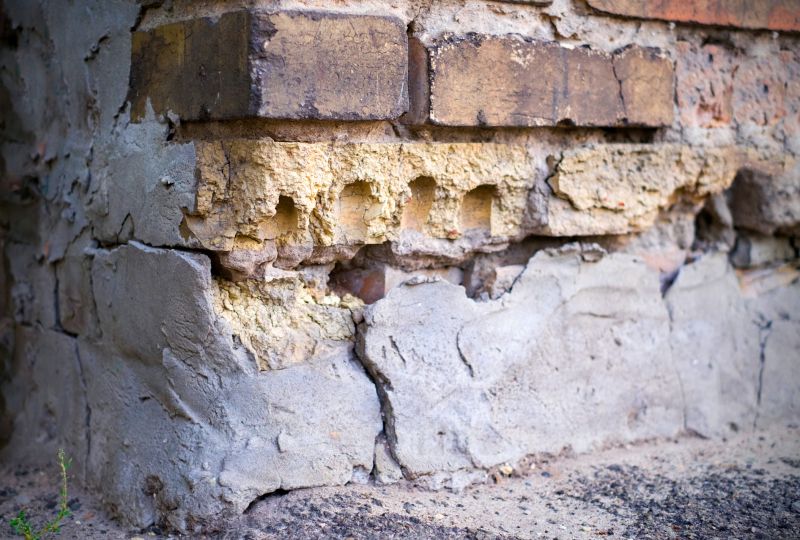
High-end options that actually feel worth it for Foundation Repairs.
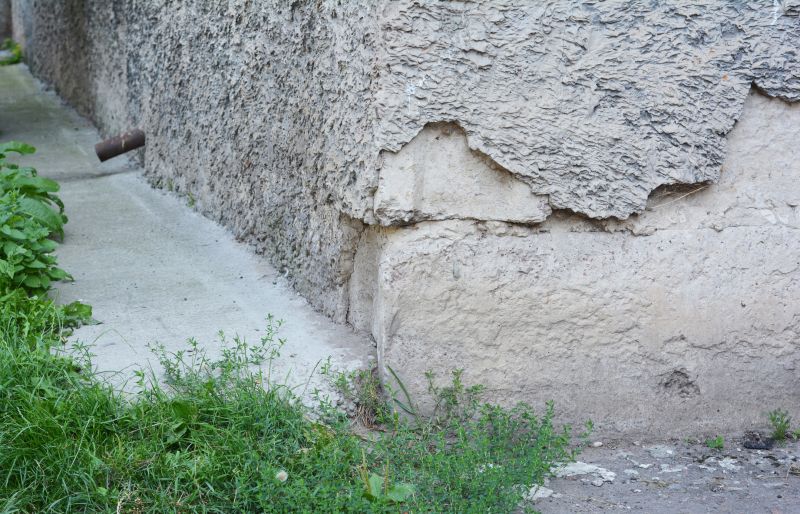
Finishes and colors that play nicely with Foundation Repairs.
Understanding seasonal impacts on foundation repairs can help homeowners and property managers plan effectively. Optimal timing minimizes weather-related delays and ensures materials perform as intended. For instance, performing repairs during dry months reduces soil movement and enhances stability. Conversely, avoiding winter months prevents issues related to frozen ground and snow accumulation. Proper scheduling based on local climate conditions contributes to the longevity and success of foundation repair projects.
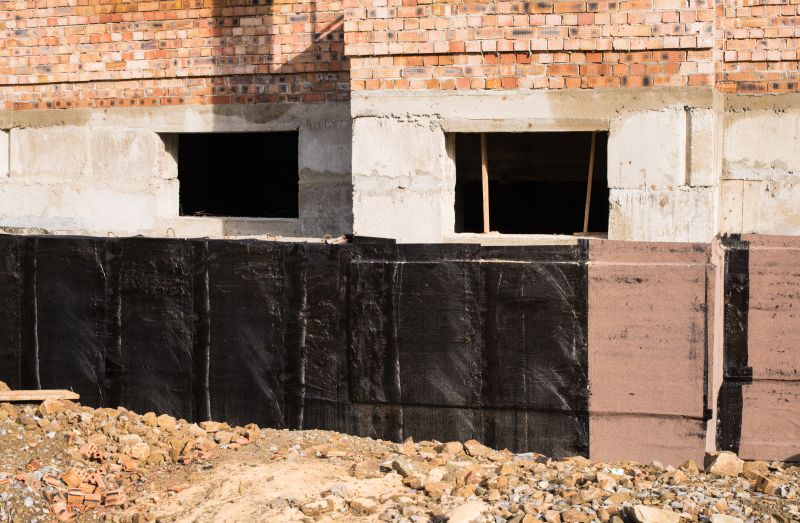
Visible stabilization work during optimal weather conditions ensures quality results.
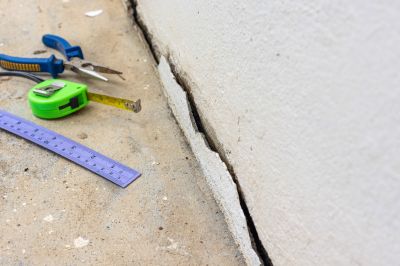
Properly timed repairs lead to a stable foundation and improved property value.
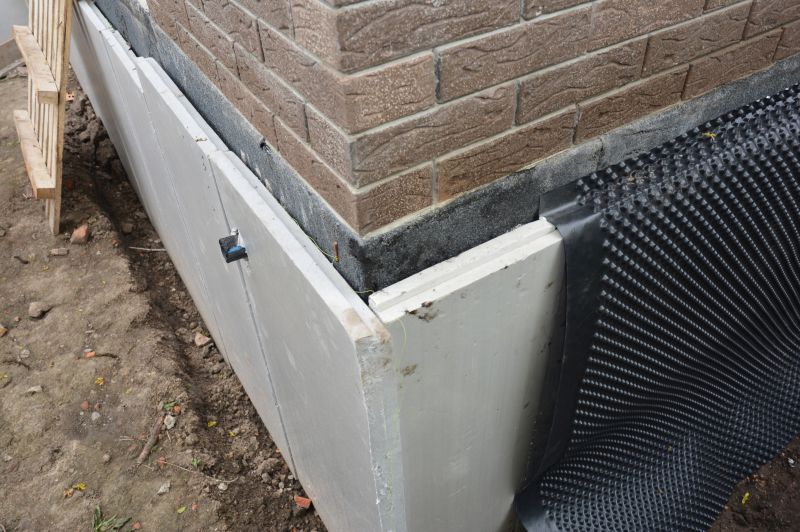
Timing repairs with soil moisture levels enhances effectiveness of stabilization methods.
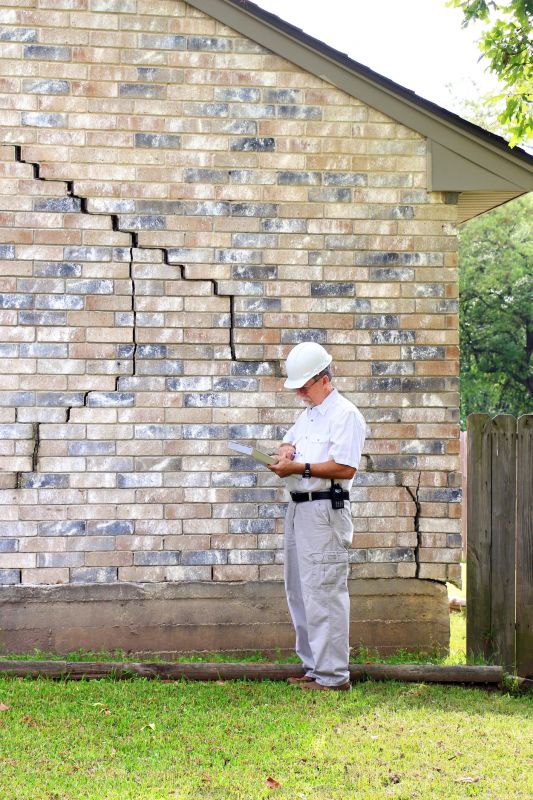
Scheduling inspections during favorable seasons helps identify issues early.

Little measurements that prevent headaches on Foundation Repairs day.
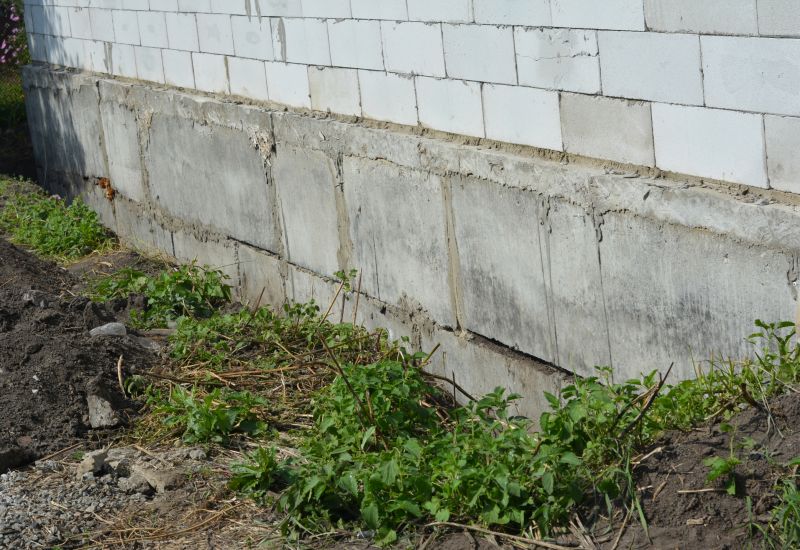
A 60-second routine that keeps Foundation Repairs looking new.
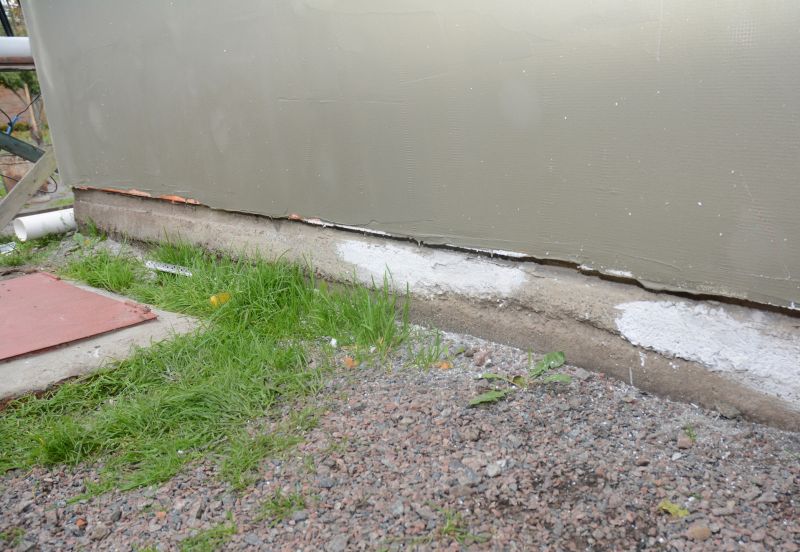
A frequent mistake in Foundation Repairs and how to dodge it.
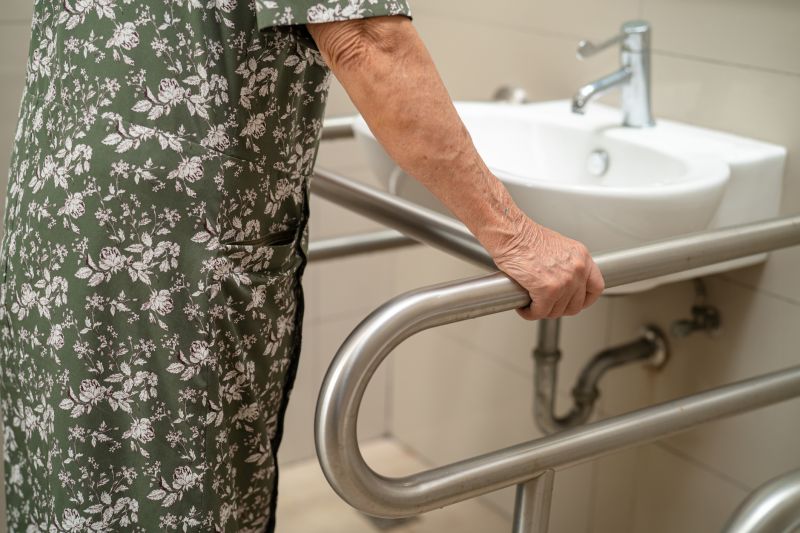
Small tweaks to make Foundation Repairs safer and easier to use.
Interested property owners are encouraged to contact for more information on scheduling foundation repairs. Proper timing can significantly influence the success and durability of the work. Consulting with specialists can help determine the best season for specific repair needs, ensuring long-term stability and safety of the structure.

